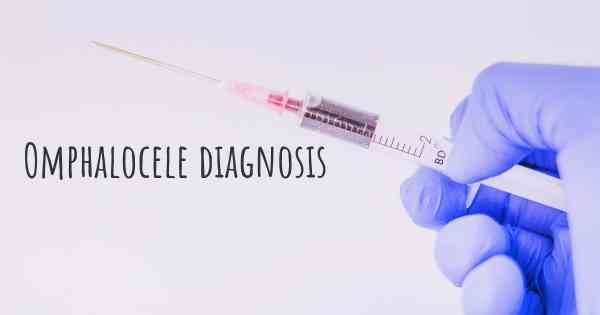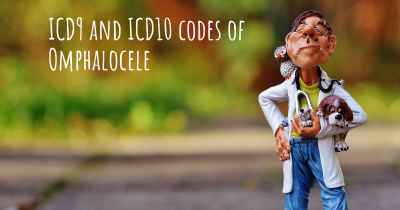How is Omphalocele diagnosed?
See how Omphalocele is diagnosed. Which specialists are essential to meet, what tests are needed and other useful information for the diagnosis of Omphalocele

How is Omphalocele diagnosed?
Omphalocele is a congenital birth defect where the abdominal organs protrude through the belly button area. It occurs when the muscles in the abdominal wall fail to close properly during fetal development. Diagnosing omphalocele typically involves a combination of prenatal screening tests and postnatal examinations.
Prenatal Diagnosis:
Ultrasound: Prenatal screening for omphalocele often begins with an ultrasound examination. This non-invasive imaging technique uses sound waves to create a visual image of the developing fetus. During the ultrasound, the healthcare provider can identify the presence of omphalocele by observing the protrusion of abdominal organs through the umbilical cord opening. The size and severity of the omphalocele can also be assessed.
Amniocentesis: In some cases, amniocentesis may be recommended to further evaluate the condition. This procedure involves the extraction of a small amount of amniotic fluid surrounding the fetus. The fluid is then analyzed to check for any chromosomal abnormalities or genetic conditions that may be associated with omphalocele.
Postnatal Diagnosis:
Physical Examination: After birth, a physical examination is conducted to confirm the diagnosis of omphalocele. The healthcare provider carefully inspects the baby's abdomen for the presence of a visible sac or protrusion. The size, location, and contents of the omphalocele are assessed to determine the severity of the condition.
Imaging Tests: Additional imaging tests may be performed to gather more detailed information about the omphalocele. These tests can include:
- X-ray: X-rays can provide a clear image of the abdominal organs and help determine if any other abnormalities are present.
- Ultrasound: Postnatal ultrasound may be used to assess the omphalocele and its impact on surrounding structures.
- MRI: Magnetic Resonance Imaging (MRI) can provide a detailed view of the omphalocele and its relationship to other organs.
Genetic Testing: In some cases, genetic testing may be recommended to identify any underlying genetic conditions or syndromes associated with omphalocele. This can involve analyzing the baby's DNA for specific genetic abnormalities.
It is important to note that the diagnosis of omphalocele can be emotionally challenging for parents. Healthcare providers should provide support, counseling, and appropriate referrals to help parents cope with the diagnosis and make informed decisions regarding treatment options.








